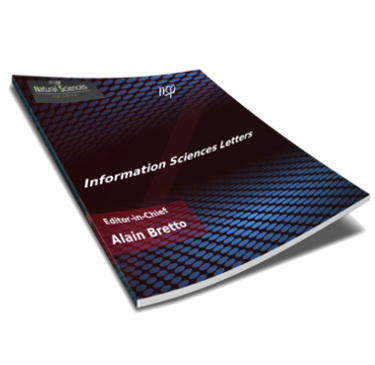
Information Sciences Letters
Abstract
The purpose of this research is to define and explain the way of learning to read that is effective in increasing the reading abilities of students with dyslexia. The qualitative research technique that was employed in this study consisted of case study analysis. Those who participated in this research had dyslexia as their primary diagnosis. Interviews, observation, and documentation were employed as data gathering methods, with triangulation techniques being used to assess the validity of the information. Data analysis is carried out by the Miles and Huberman model, which includes data gathering, data reduction, data presentation, and final findings. Several methods were combined to create the method used for dyslexic students, including the phonic method, the syllable peeling method, and the language experience method, as well as simplification of reading practice materials and assistance with a verbal explanation of the material from a special assistant teacher for students, according to the findings. As shown by indications of early reading ability, the technique has the potential to increase early reading abilities in dyslexic pupils. Among these skills are the ability to recognize and read letters and letter sounds, as well as the ability to pronounce words correctly and to read sentences aloud and with the correct pronunciation for an extended period.
Recommended Citation
S. AL Hadhrami, A.; G. Raja Al-Amrat, M.; A. S. Khasawneh, M.; and R. Darawsheh, S.
(2022)
"Approach to Improve Reading Skill of Students with Dyslexia,"
Information Sciences Letters: Vol. 11
:
Iss.
6
, PP -.
Available at:
https://digitalcommons.aaru.edu.jo/isl/vol11/iss6/39

